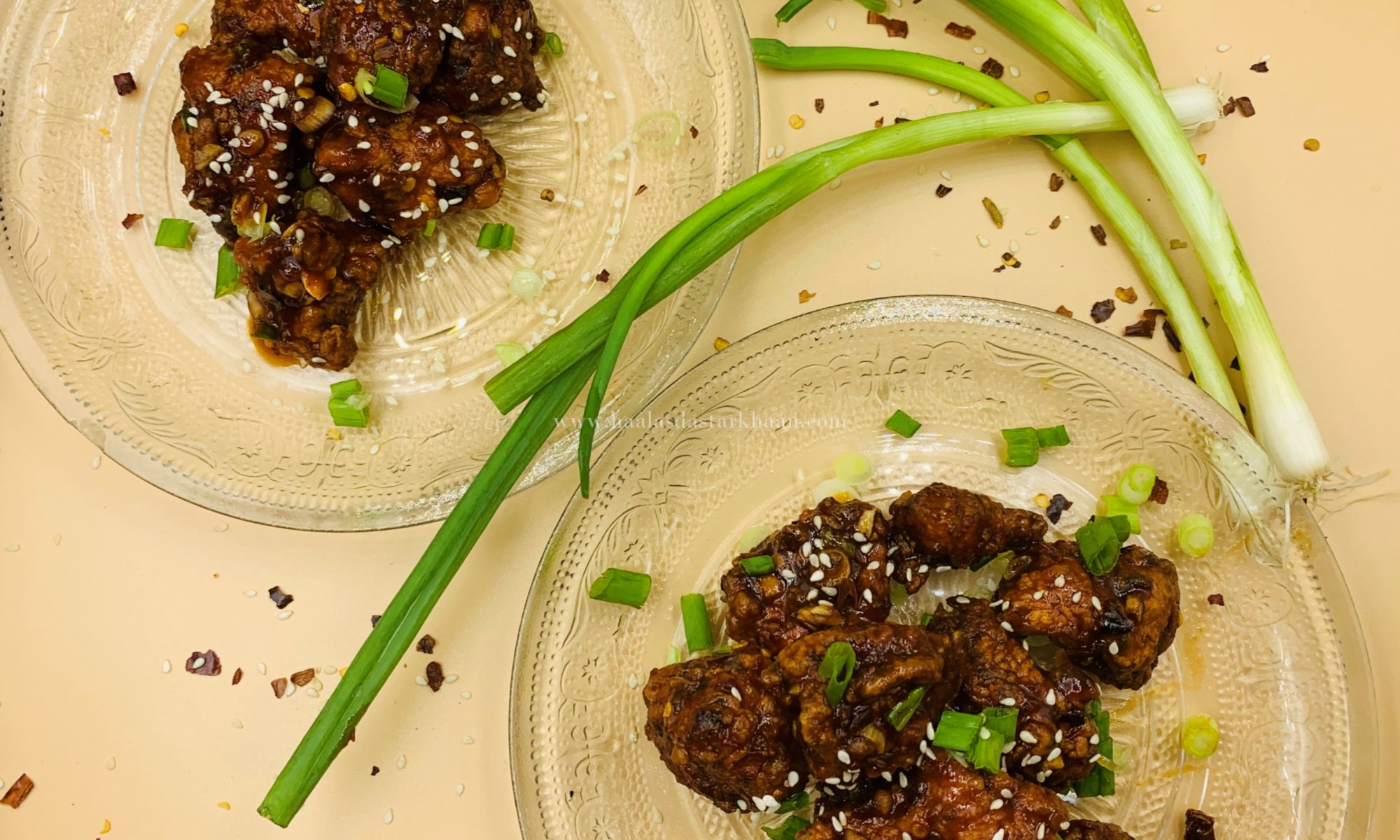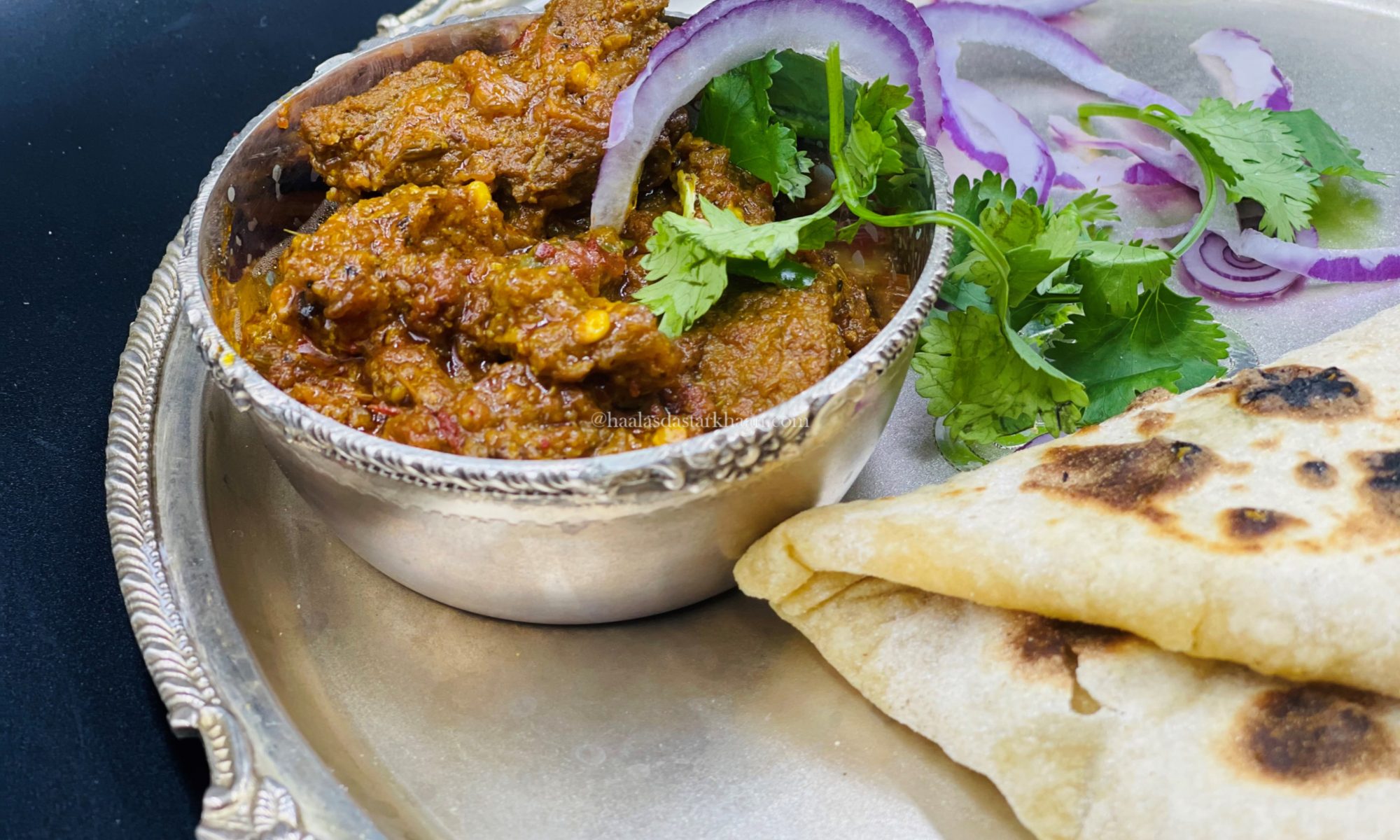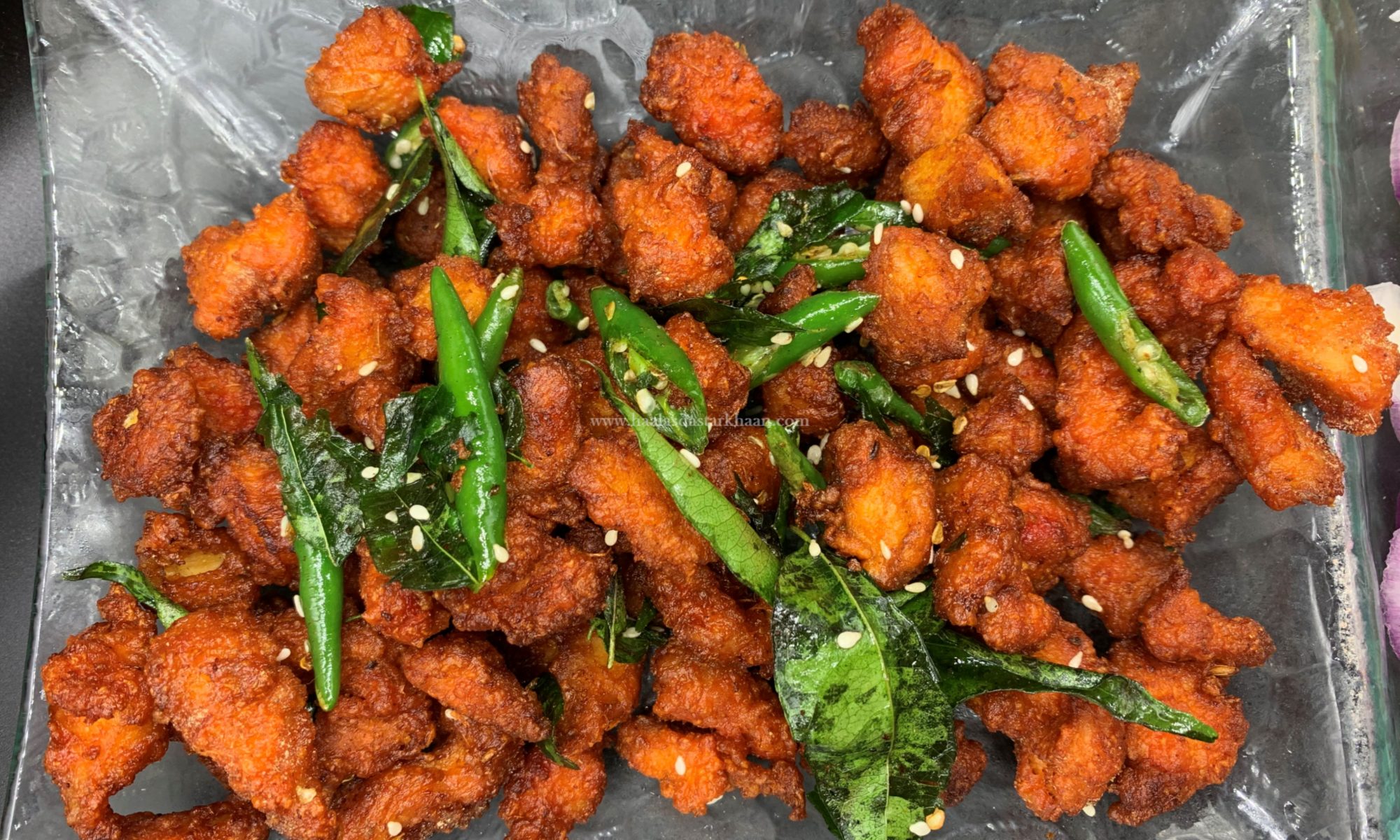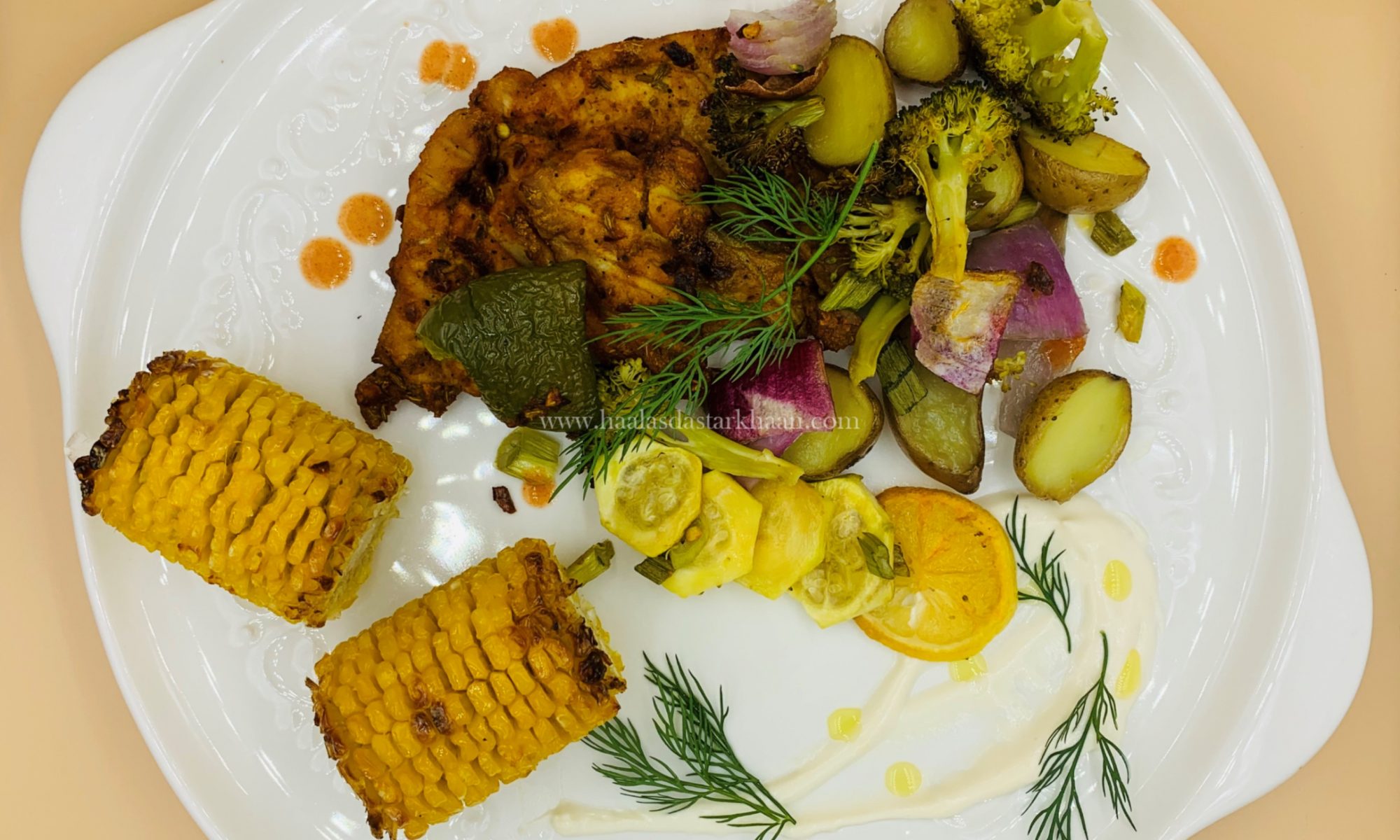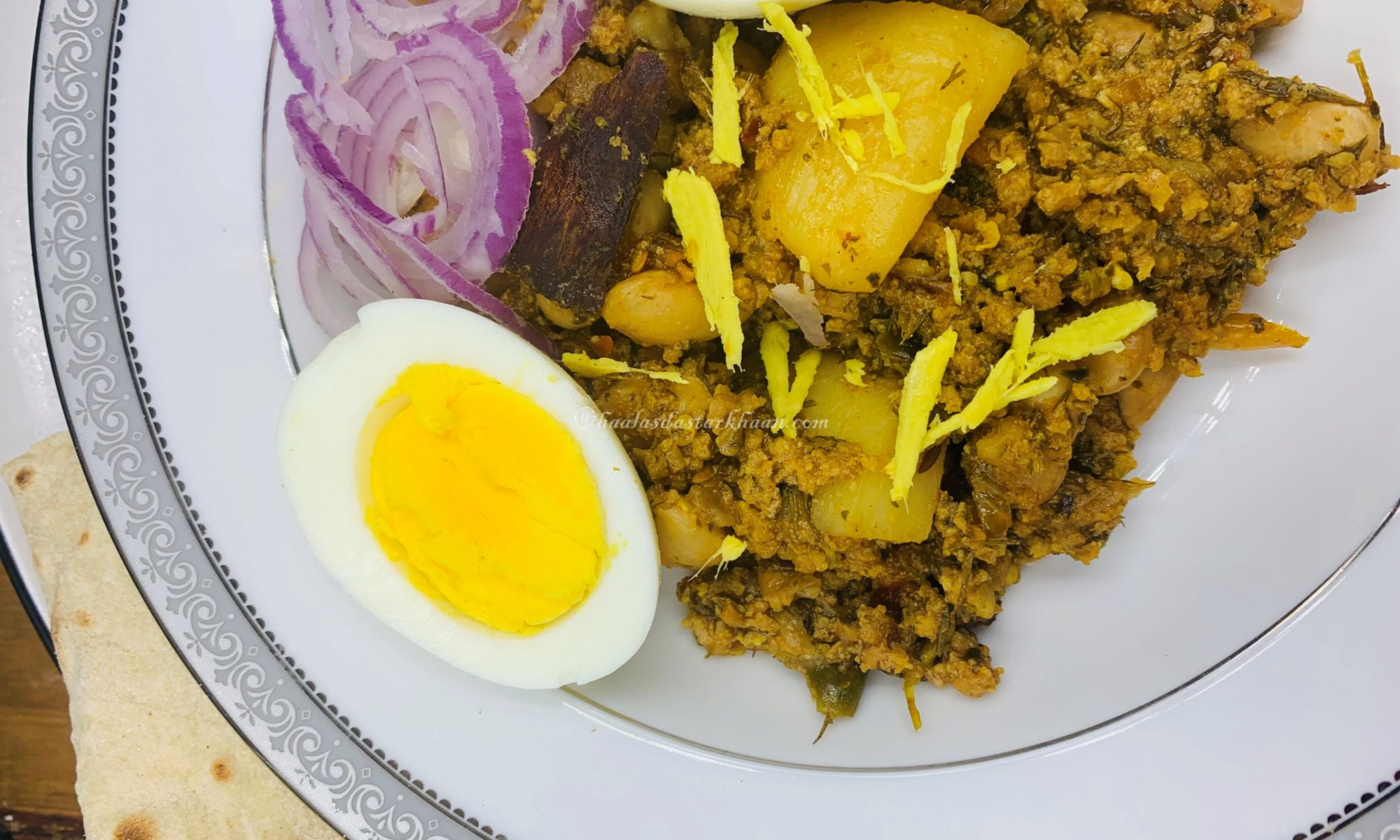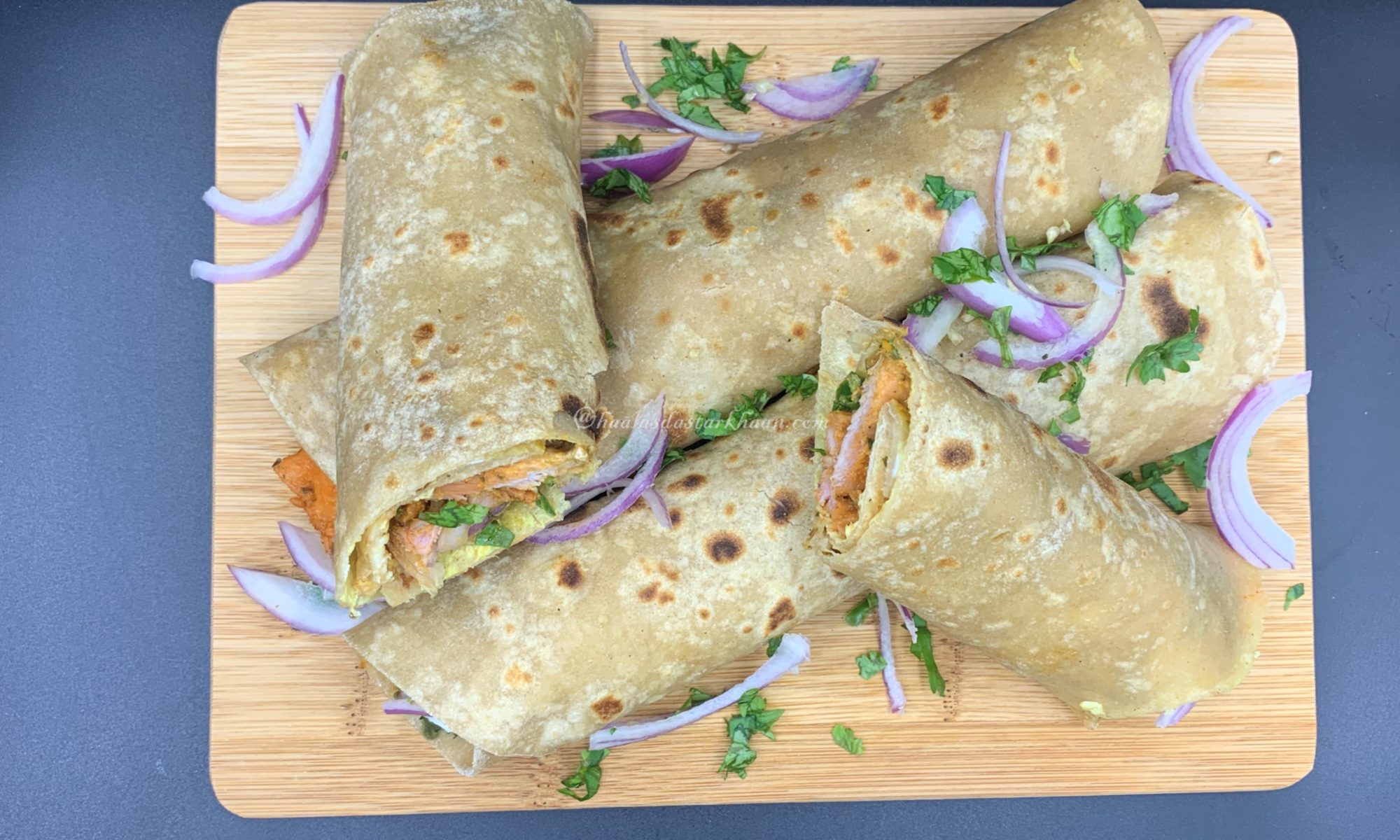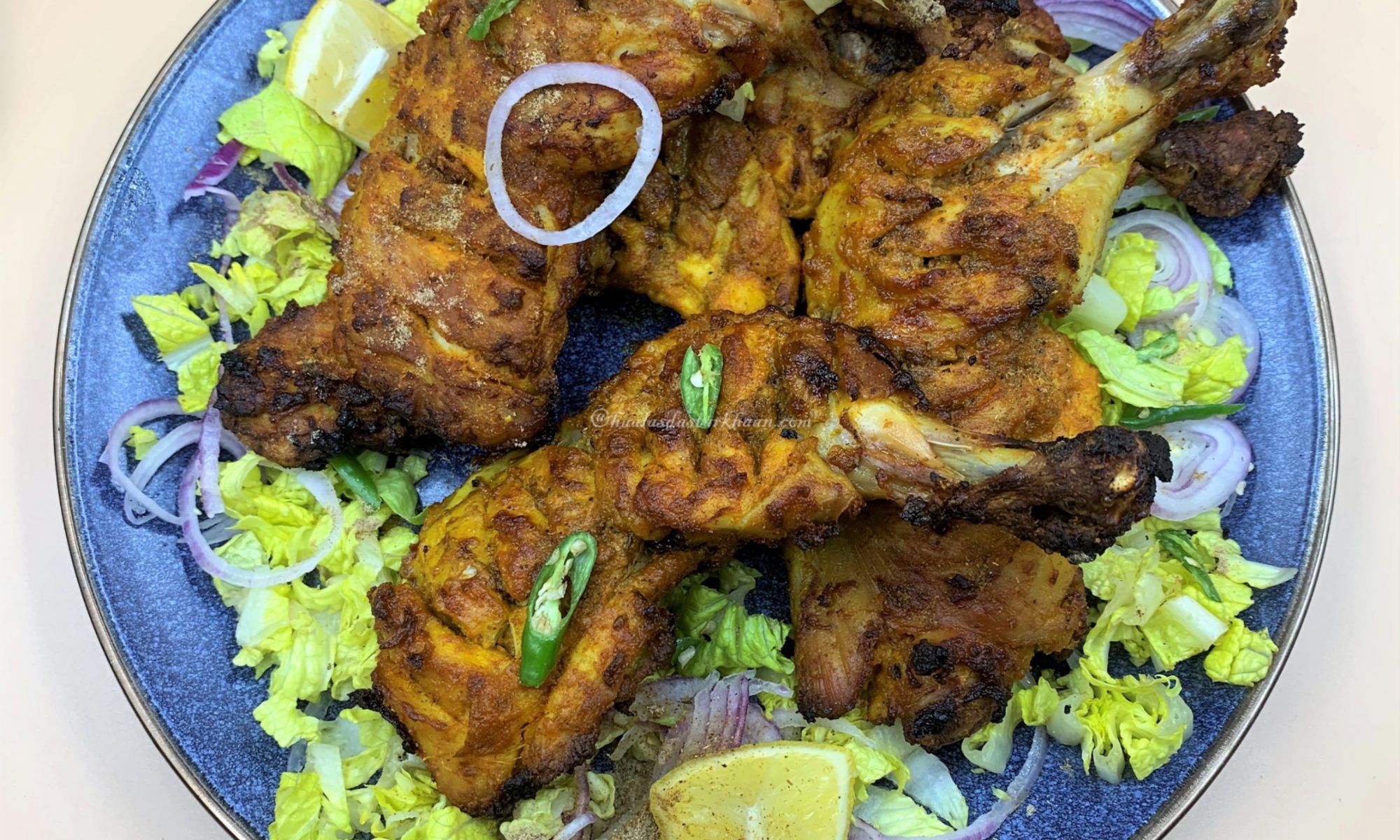Asian cuisine is incredibly diverse—Chinese, Japanese, Indonesian, Thai, Malaysian, Korean—each with its own distinct flavors, yet somehow connected through similar ingredients and cooking styles. We’ve tried dishes from all of them, though only with seafood.
Being Muslim, it can sometimes be challenging to stick to the basics of eating only halal food, especially when so many amazing dishes are off-limits otherwise. I do have friends who are comfortable eating non-halal chicken or meat, but for us, that’s not an option. I truly believe that when there are ways and choices available for us to stay true to our beliefs, we should hold on to them.
But that doesn’t stop us from trying the dishes we love. That’s the beauty of having curious taste buds and a passion for cooking—you can always find a way to make something your own.
So here I am with another mouthwatering recipe, inspired by a dish I once tried with scallops and absolutely loved. I made a few tweaks, of course. The original version wasn’t marinated or batter-fried, which left the scallops a bit bland, with all the flavor coming only from the sauce. The sauce itself was good—mild, with just the right kick—but I wanted more depth.
When I decided to recreate the dish using chicken, I added some crunch and extra flavor. I marinated the chicken first, because chicken on its own doesn’t have much taste—it takes on whatever you give it. A little spice, a touch of seasoning, even just a bit of salt can make all the difference. Whether you’re adding chicken to noodles or tossing it in a sauce, never skip that first layer of flavor.
For the chicken, I marinated it in a mix of buttermilk, chili flakes, onion powder, garlic powder, black pepper, white pepper, oregano, and salt. Let it sit for at least an hour—longer if you can—for the flavors to really soak in. After marination, roll the chicken pieces in a mixture of flour, salt, and cornstarch, then fry them until golden and crisp.
The sauce is what ties everything together. It’s made with crushed garlic and ginger, soy sauce, sesame oil, gochujang (a sweet and spicy Korean sauce that’s easy to find in most Asian stores), honey, brown sugar, vegetable oil, and red chili flakes. Once the sauce thickens, toss in the fried chicken pieces until well coated.
For garnish, I like using scallions and sesame seeds. You can add the scallions directly to the sauce, but I prefer sprinkling them on top—they stay crisp and give a nice contrast in texture.
Substitute for Buttermilk?
To make buttermilk at home, take the same quantity of milk as the buttermilk required and add 1 tablespoon of lemon juice to it. Mix well and let it rest for a few minutes before adding the chicken.
The flavor of this chicken is a perfect balance of sweet and spicy, making it an excellent choice for all taste buds—kids and adults alike—unless someone prefers completely mild food. I find this dish a great hit for playdates, family gatherings, or small get-together parties.
Cooking in advance
You can fry the chicken bites and keep them in the oven. The oven needs to be preheated. Keep it on warm or at 200°F. Anything above it would overcook the chicken, making it chewy or burning it.

